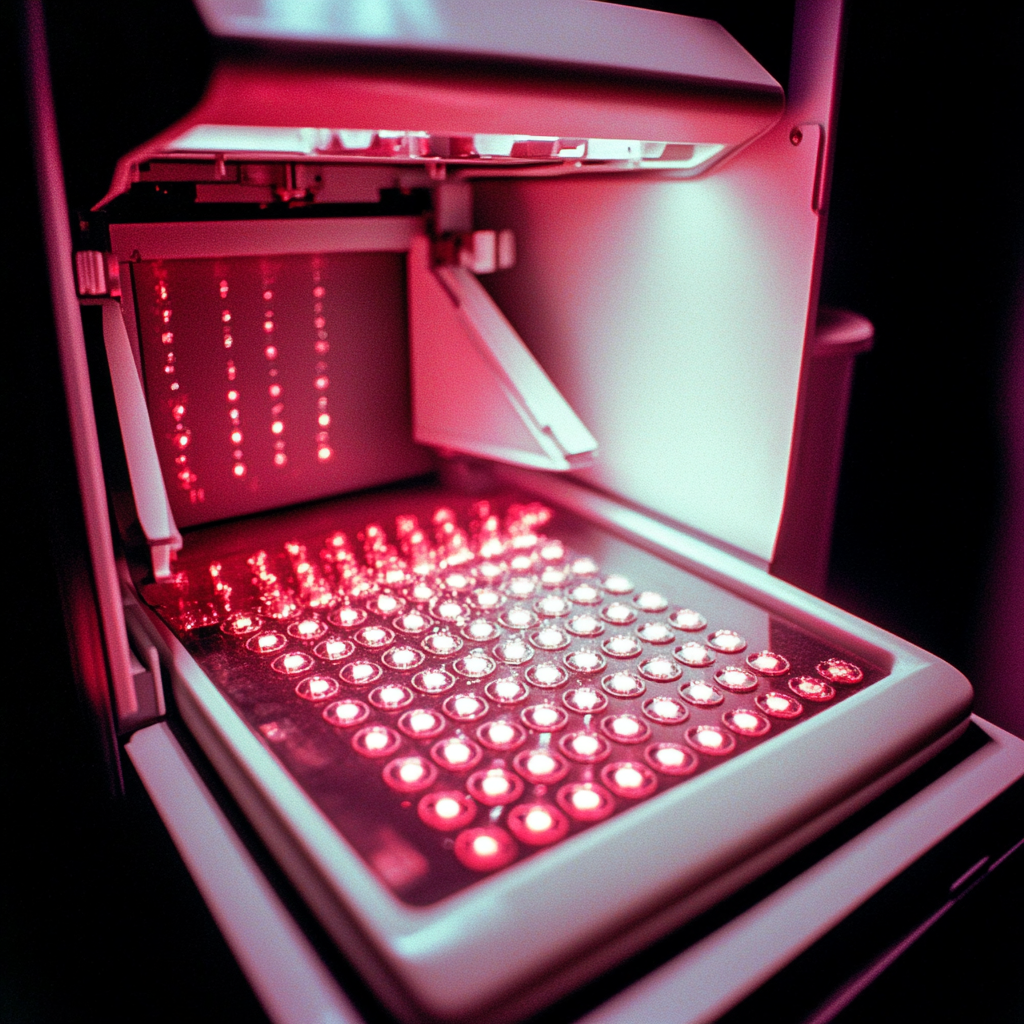BMC Infect Dis. 2025 Apr 3;25(1):462. doi: 10.1186/s12879-025-10784-y.
ABSTRACT
Testing for HIV continues to play a key role in prevention, especially among at-risk populations such as gay, bisexual, and other men who have sex with men (MSM). Incorporating HIV self-testing (HIVST) into testing programs encourages more frequent screening and likely facilitates earlier diagnosis, but little is known about how testing behavior changes after self-testing programs end. In this study, a subset of MSM in the eTest trial who were randomized to receive regular HIVST or clinic testing every three months for 12 months were followed for an additional 12 months. We compared testing rates during the intervention period to this 12-month post-intervention period. Results of a Poisson mixed model showed a significant condition by time interaction (IRR=0.91, SE=0.04, p=.019, %95CI=0.84-0.98). The average marginal predicted probability of testing in a given follow-up among controls was 30.4% during the intervention period and 28.2% post-intervention, versus 70.0% among HIVST condition participants during the intervention period but 23.6% by the end of the post-intervention period. Although regular mail delivery of HIVST increased HIV testing considerably while tests are actively being delivered, testing rates declined to a level similar to those who had not received HIVST after regular delivery stops. These results suggest that regularly delivering HIVST does not encourage longer-term regular testing habits in MSM who typically test infrequently.
PMID:40181280 | DOI:10.1186/s12879-025-10784-y
